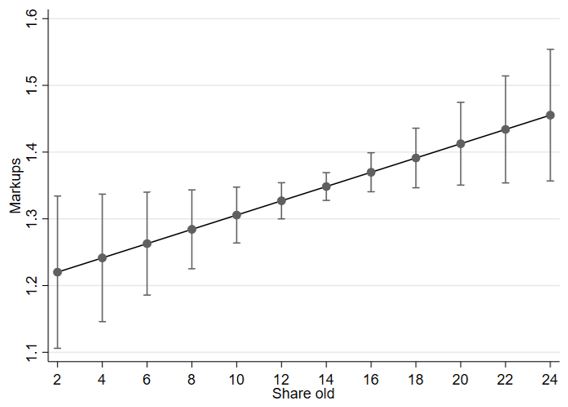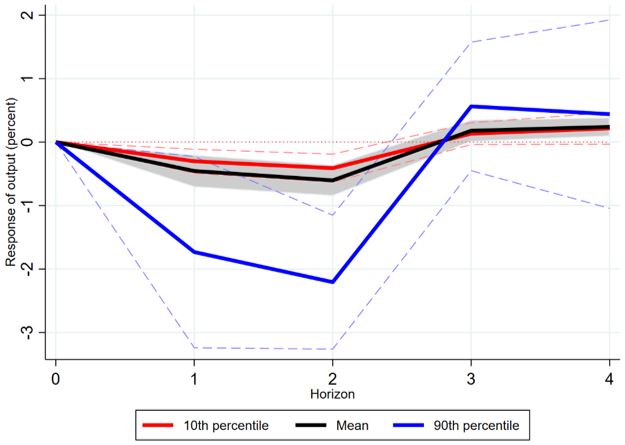References
Ambrocio, G., 2023. Demographic Aging and the New Keynesian Phillips Curve. Bank of Finland Research Discussion Paper 16-2023.
Bornstein, G., 2021. Entry and profits in an aging economy: The role of consumer inertia. Working Paper.
Del Negro, M., Lenza, M., Primiceri, G., Tambalotti, A., 2020. What’s Up with the Phillips Curve? Brookings Papers on Economic Activity, 301–357.
Hazell, J., Herreno, J., Nakamura, E., Steinsson, J., 2022. The Slope of the Phillips Curve: Evidence from U.S. States. Quarterly Journal of Economics 137, 1299–1344.
Jorda, O., Schularick, M., Taylor, A.M., 2020. The effects of quasi-random monetary experiments. Journal of Monetary Economics 112, 22–40.
Neiman, B., Vavra, J., 2023. The rise of niche consumption. American Economic Journal: Macroeconomics 15, 224–264.





